The language of Sardinia is unique and not at all similar to Italian. As some of you might already know, Sardinian is considered a language of its own, like Italian or French, and not a dialect like Roman or Tuscan – as many mistakenly think.
Sardinian was recognized as one of the official minority languages of Italy, complete with its grammar and lexicon, in 1999 (law 482/1999) – although it took decades of petitions from the Sardinian speaking community (and the other 11 linguistic minorities of Italy) for the law to be approved.
In this post, I will explain you the importance of the language of Sardinia as a vehicle for the protection of Sardinian culture; I will identify the evolution of Sardinian and talk about the efforts to preserve it; and share a few words you may want to use during your trio to the island.
Table of Contents
The Link Between The Language Of Sardinia And The Island’s Culture
Sardinian is, of course, one of the biggest symbols of identity for the island’s people, but it has, throughout the centuries (especially since the Savoy era), acquired an ambivalent status.
On the one hand, locals are very proud of it: many in the villages still speak it at a fluent level and on a daily basis; it’s their first language (such is the case for my mother, for example) and they see it as representative of their persona.
On the other hand, the language of Sardinia has unfortunately been demonized and depicted as a vulgar, low-class-only language for such a long time that more and more families stopped speaking it at home, with the result that younger generations are not nearly as fluent in it.
Nevertheless, as of today, Sardinia is still widely known and spoken by older people and generations born until the 1970s and 1980s; young adults born in the 1990s often understand it but don’t speak it (this is called passive knowledge, by the way); while around 2% of the younger generations have a partial understanding of Sardinian.
Language is one of the many vehicles of cultural identity, and in an effort to preserve and protect the culture and the identity of Sardinia, there have been several campaigns to try and widen the number of active speakers once again – I will tell you more in a bit.
Lets’ now have a look at how Sardinian originated and what makes it a language, rather than a dialect.

Origins And Evolution Of The Language Of Sardinia
At the moment, four linguistic areas can be identified in Sardinia, and each of them has its own language variant, but only two of these four variants are considered a proper language and counted as “Sardinian”: the Campidano Sardinian (which is the variety we speak at home, in southern Sardinia, in the area that surrounds the Campidano plains); and the Logudoro Sardinian, which is incidentally considered the “purest” variation as it is closer to its ancient roots.
The other two, Sassarese and Gallurese, are thought to be a dialect coming from Corsica: this means that they don’t have the same features as Sardinian. Although their origins must have been common, they have evolved differently.
Sardinian has kept a few residues from Nuragic and Punic languages. However, it is considered a Romance language, which implies that it got the biggest influence from Latin. It is, in fact, still considered the language that’s closer to Latin still spoken nowadays.
Sardinia has been conquered by several populations throughout the eras, and each of them left their print on the language. Some toponyms and names of animals and plants are related to ancient Nuragic, Punic, or Greek languages; the grammar is very similar to the Latin one; the spoken inflection is clearly rougher in the Logudorese Sardinian and softer in the Campidanese variant.

This last peculiarity is due to the fact that the Logudoro area, considered wild and difficult to conquer, historically saw fewer foreigners compared to the Campidano plain, and its language has therefore been modified less. Campidanese has had many Spanish and Italian influences and is notoriously easier to understand, according to non-locals.
When Sardinia became a Savoy territory in 1720, the rulers decided that the Island needed to be “cleaned up” and transformed into more of an Italian place. They first tried to sneakily erase the language and traditions, for example by encouraging marriages between locals and people coming from other parts of Italy.
Then they opted for more direct methods such as forbidding the use of Sardinian in schools, churches, and public events. They promoted the idea that Sardinian was the language of farmers and lower, uneducated people, and proceeded to create a stigma around it that still hasn’t been fully erased.
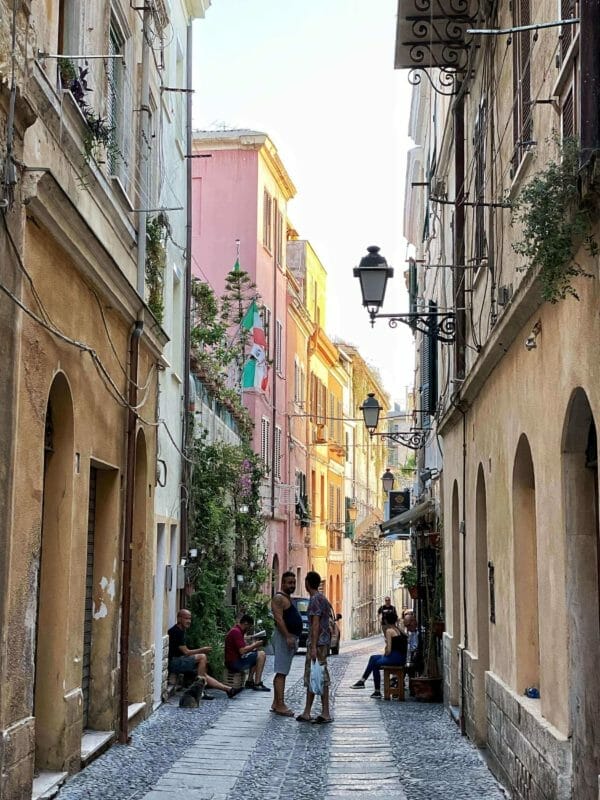
The almost persecution of the Sardinian language continued well after the Austrian domination, and it came to a point when, during the fascist era, anybody caught speaking Sardinian in public would be fined. These strict rules, aimed to “unite” Italy from a linguistic point of view, were added to the geopolitical unity and were the main reason why the number of speakers decreased but, at the same time, locals developed the strong sense of identity they still carry nowadays.
The birth and diffusion of radio and especially TV further contributed to the slow disappearance of the language, because everything was broadcasted in Italian. The same was true for books and newspapers: popular and higher culture alike became more and more Italian-centered, and Sardinian only remained as spoken language (the vast majority of locals still can’t write it) to use with family or close friends only.
During the 1970s, some movements asking for the recognition and safeguard of the many minority languages spoken in Italy started to grow momentum, and, about thirty years later, twelve of these languages were finally officially recognized as minority languages of Italy, and with that got protection status.
FURTHER READING: The History Of Sardinia.
Efforts Of Preservation Of The Language Of Sardinia
Since the early 2000s, there have been several projects aimed at preserving the language of Sardinia and possibly increase the number of its speakers. Here are the most notable ones.
Teaching Sardinian in local schools
From kindergarten to middle school, many institutes are teaching Sardinian during school hours or as extra-curricular activities. These activities mainly consist of small theater plays by the students, visiting some structures specializing in Sardinian language and culture, learning songs and poems, and so on. The language is, to put it simply, often taught in the same way the kids learn English, Spanish or French.
TV and Radio shows in Sardinian
Other than the national TV Channel RAITRE, which devotes a Sunday slot to programs in one of the minority languages of Italy, including Sardinian, there are various local TV channels and Radio channels that are run shows entirely in Sardinian. One of them, Atras ìsulas, goes live every Tuesday at 12:25 pm on Rai Radio Uno.

Sardinian art
Music, poems, movies using the language have been a thing for a while now and have a decent number of fans. The most famous Sardinian group is probably Tazenda, but there are many others worth listening to, such as Maria Carta; Istentales; Ratapignata etc – These artists produce a modern type of music, but many others still perform the traditional type of Sardinian Music such as Tenor Singing. It’s also worth mentioning the more parody-oriented actors Benito Urgu and Jacopo Culling.
Local tours and trips with Sardinian-speaking guides
These are tours where the guides will only speak Sardinian. Visiting some sites nearby while listening to the language has turned out to be quite enjoyable for both children and adults.
Other Linguistic Minorities In Sardinia
There are twelve minority languages protected by Law 482 / 1999 law – eleven other than Sardinian.
One of those languages is Catalan, which is still spoken in the lovely Alghero. The city still uses this language supposedly because during the Catalan domination in the 14th century some anti-Catalan revolution was crudely repressed and ended in a bloodbath, followed by the exile of every non-Catalan citizen in Alghero. Everyone who was allowed to stay was then forced to swear their loyalty to the King, and the terror derived from this event led the locals to teach Catalan to their kids for generations onward.
There is yet another minority language spoken in Sardinia which, however, has not been officially recognized as a minority language yet. This is the language spoken in Carloforte and Calasetta, which originated by a mixture of Genoese dialect and the Arabic variant spoken in the Tunisian island of Tabarka.

Quick Sardinian Phrasebook
Finally, here is a short list of useful Sardinian words and sentences, in case you feel brave and want to try and say a few things to the locals.
One: Unu (oo-noo)
Two: Dusu (doo-soo)
Three: Tresi (treh-zee)
Four: Quattru (qwah-troo)
Five: Cinqui (cheen-qwee)
Six: Sesi (say-zee)
Seven: Setti (seh-tee)
Eight: Ottu (oh-too)
Nine: Noi (naw-ee)
Ten: Dexi (deh-jee)
Eleven: Undixi (oon-dee-jee)
Twelve: Doxi (daw-jee)
Twenty: Binti (been-tee)
Thirty: Trinta (treen-tah)
Forty: Koranta (koh-rahn-tah)
Fifty: Cinquanta (cheen-qwahn-tah)
Please: Po’ prexiei (paw preh-jeh-ee). You may hear it as “po prexeri” too.
Thank you: gratzias (grah-tziahs)
Help me: Axittoriu! (Ah-jee-taw-ryoo)
What time is it?: Itt’e ora è? (eet-tyaw-ray-y)
It hurts here: M’increscidi innoi (Meen kreh-shee-dee een-noey)
My name is…: Mi tzerriu… (mee tzeh-ree-oo)
Nice to meet you: Prexei (preh-jeh-ee)
Final Considerations
For obvious reasons, this is a very simplified version of what the Sardinian language really is, what it means for our culture and identity, and what’s been done to preserve it. Its whole history and situation are way more complex than how I depicted in this post, but I hope I managed to underline the basics of this beautiful, unique language!

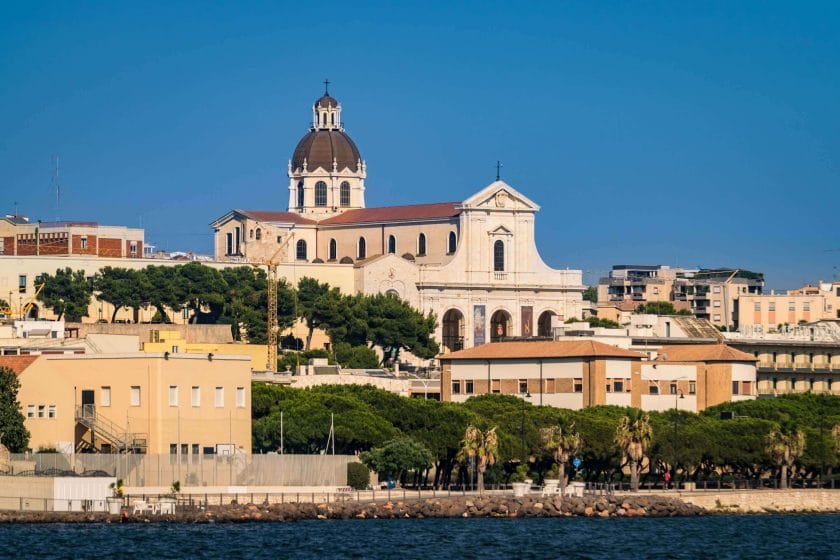



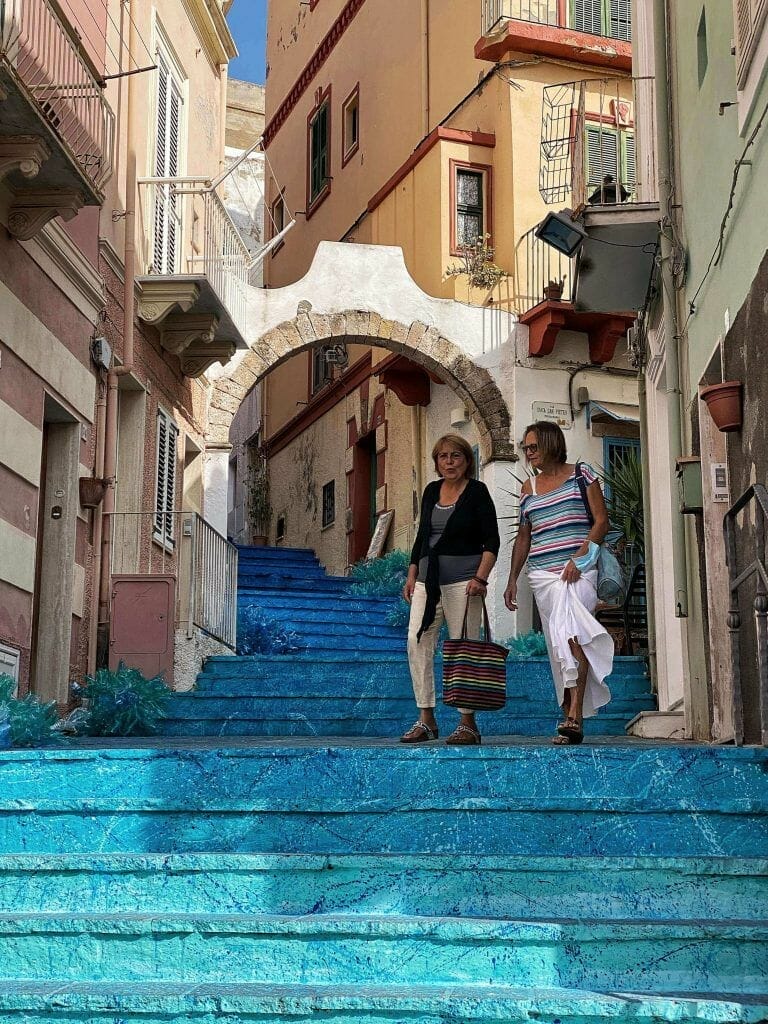


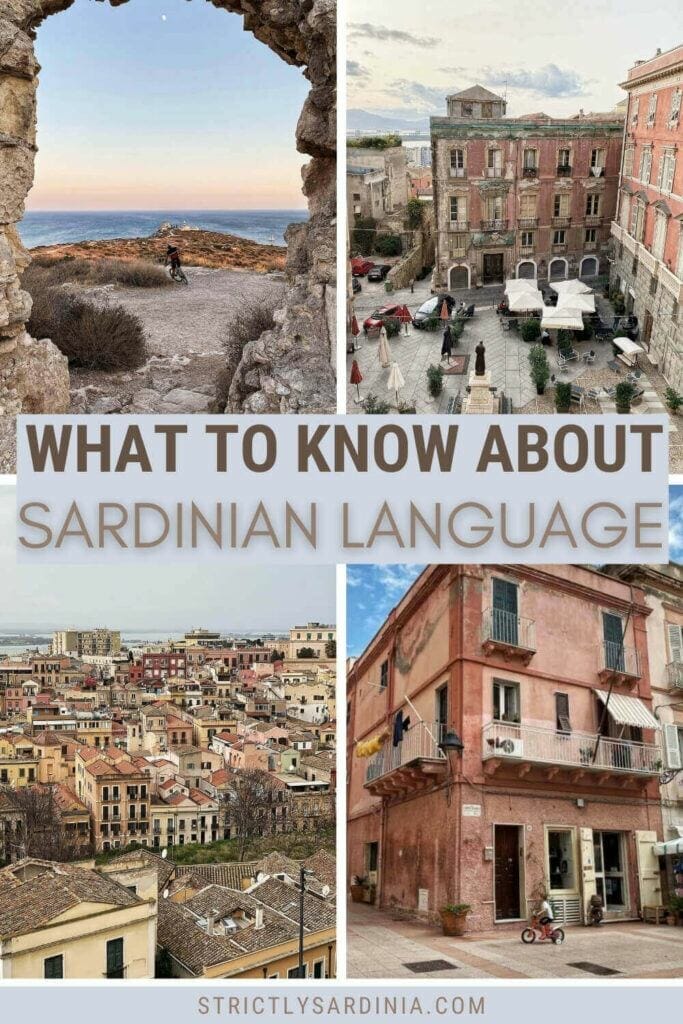
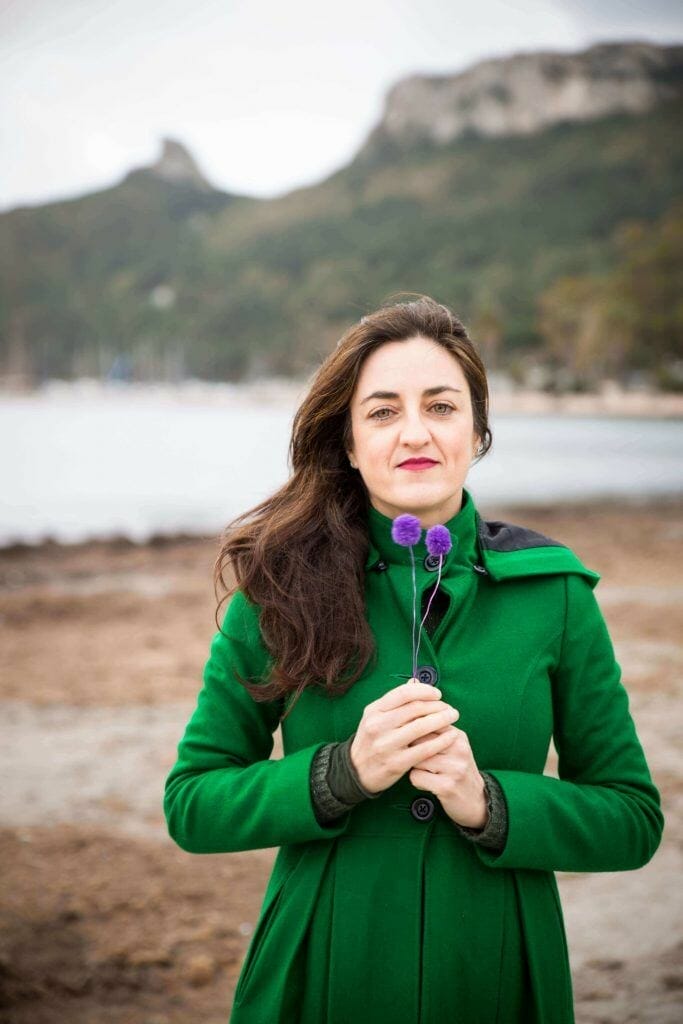
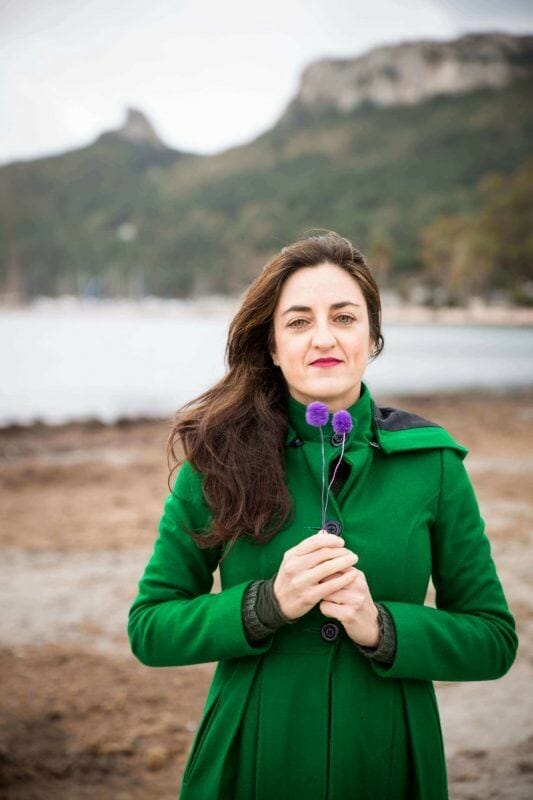

How do you call the music instrument made of pieces of wood on a photo? looks just like russian instrument called tresciotka
We call it “launeddas”
The story of how the Sardinian language was persecuted by Savoy is very similar to how the Irish language was persecuted by the English. While all children learn Irish in school today only a small number of people speak it daily.
The issue is also that our language was never truly written – so that also makes it hard to pass it on to newer generations!
Il frasario veloce è in sardo campidanese. Forse sarebbe utile ci fosse anche in sardo logudorese.
Eh si, certamente. Ma io parlo Sardo-campidanese. Conosci qualcuno che mi può aiutare con il Logudorese?
How do they say Merry Christmas? Is it similar to Italian?
We say Bona Paschixedda or Bona Pasca de Nadale. Yep. WEIRD.
Buon giorno, Claudia, 10 years ago, I was taken around the west coast of the island by the Sardinian parents of my Sard son-in-law, and was so impressed by the Nuragic remains. Also I found that (as a Latin teacher) I could pretty well understand the inscriptions written in Sardu. Among other things, I was struck by the way Sardu took the demonstrative iste, ista, istud for its article, when French and Spanish used ille. Do you/does anyone have any idea of the language spoken by those early people? Theirs was not a written language, I grant, but as you say, traces appear in toponyms et al— (as in Britain) is it possible to distinguish Nuragic word-elements from say, Carthaginian? By the way, visiting my little grandsons last weekend, I urged the 10-year old to learn all the Sardinian language he could get his Nonno to teach him.
The Sardinian language was affected by Latin, ie the language spoken by the Romans, as you correctly suggest. The Nuragic civilization was pre-Roman times, and only at the very beginning living along it, so I can’t exactly suggest what their language was. On my last visit to Su Barumini Nuraxi in February, I asked the guide about it but she pretty much said there is no testimony of that and even the word nuraghe used to define the sites remains much of a mystery.